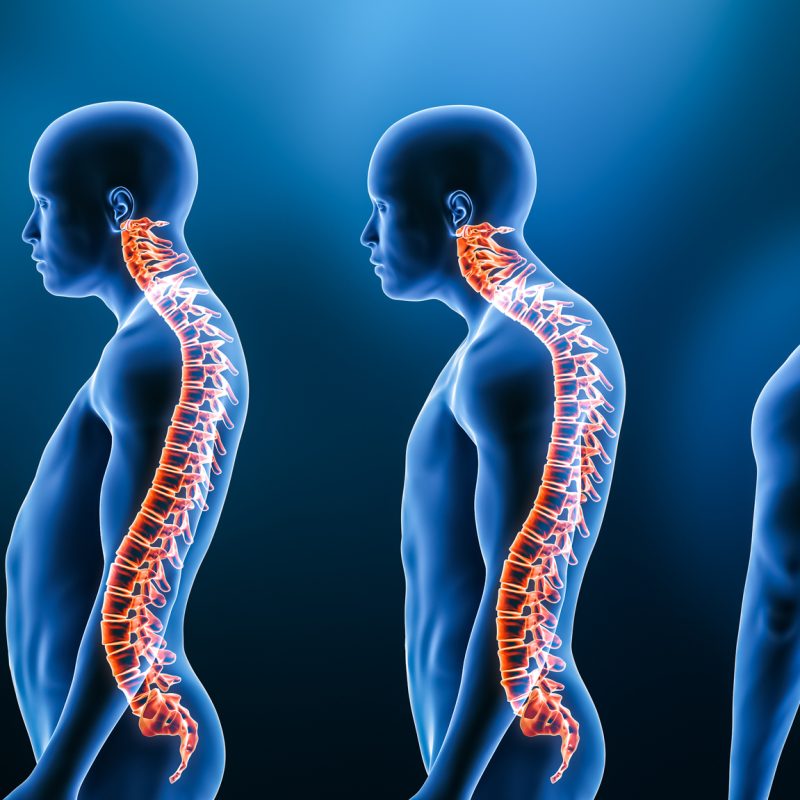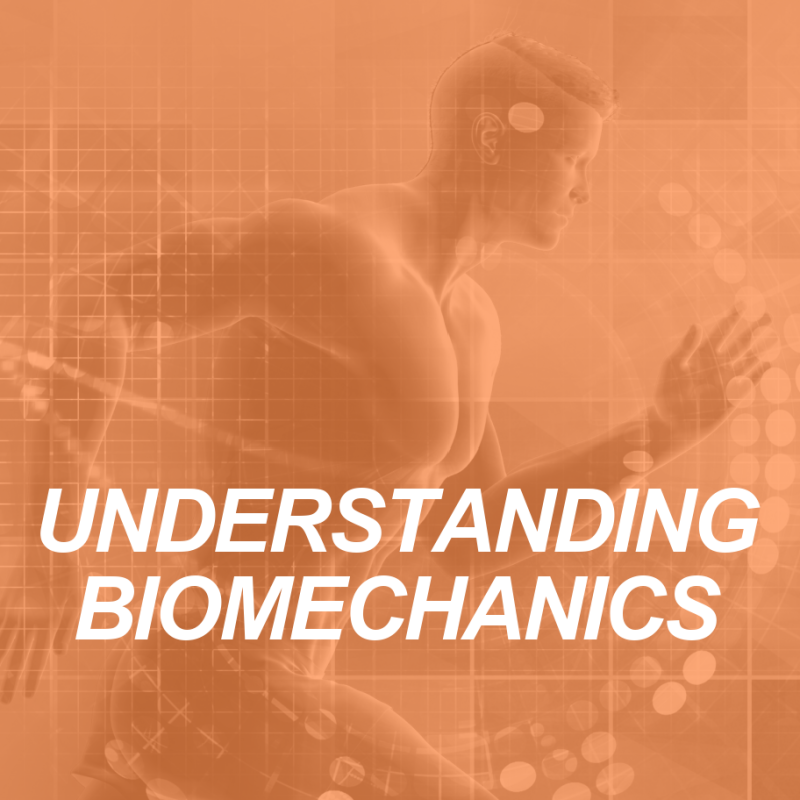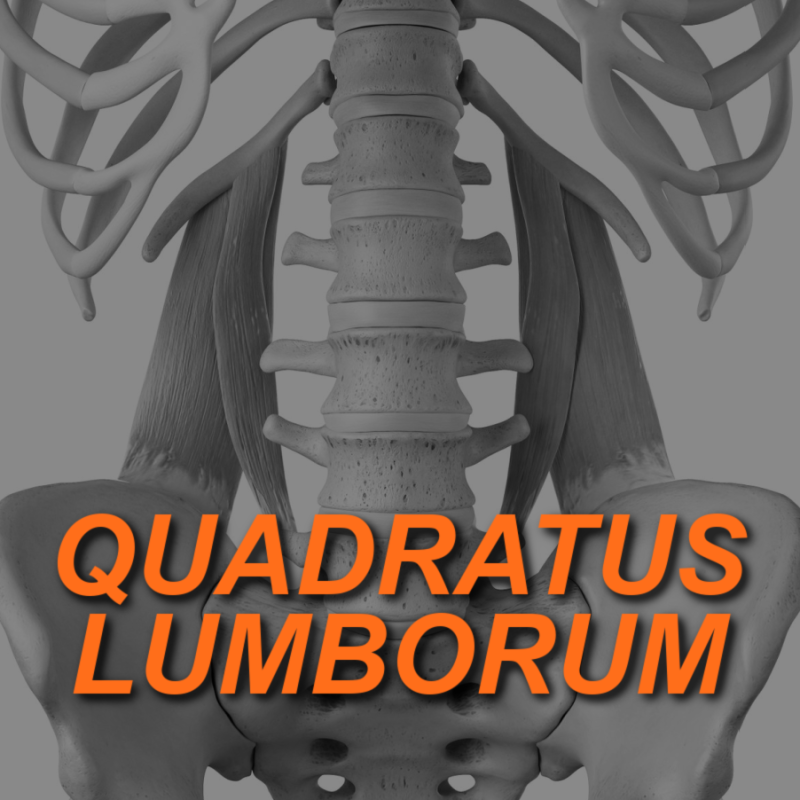Sports injuries affect athletes on a multitude of levels, including the biological, psychological, and social realms. The traditional format used by physical therapists involves managing…
READ MORE

Sports injuries affect athletes on a multitude of levels, including the biological, psychological, and social realms. The traditional format used by physical therapists involves managing…
READ MORE
Cold water immersion (CWI) has recently gained popularity as a means of reducing post-exercise muscle stiffness, lessening fatigue, decreasing exercise-induced muscle damage (EIMD), and facilitating…
READ MORE
If personal trainers find their regular clients growing bored with traditional resistance training and aerobic/HIIT programs, try introducing a cycle of METCON workouts. In this…
READ MORE
Imagine an intense soccer game: lots of running, kicking, and pivoting, all the typical elements of play, happening at top speed. The muscles taking the…
READ MORE
Most of us come into this world with two perfectly healthy feet. We count on these feet to support our bodies through every transition, from…
READ MORE
The human spine consists of natural curves, beautifully designed to keep us comfortably upright and maintain proper posture. However, too much curvature can lead to…
READ MORE
Coaching clients with chronic illnesses requires more than simply writing fitness programs or offering health coaching. It requires a level of dedication that encompasses compassion,…
READ MORE
While we are all familiar with aerobic activity, defined in the early 1970s by Dr. Kenneth Cooper as activity during which the cardiorespiratory system provides enough oxygen for muscular effort, most of us associate anaerobic activity with that very hard effort we do during intervals. The fact is that each non-sequential muscular effort, such as turning your head, entails some measure of energy production in the absence of oxygen, qualifying it as anaerobic.
READ MORE
As the fitness industry grows in popularity and importance, it is of the utmost importance that we as fitness professionals continue to develop a growing knowledge of the exercise sciences to communicate effectively with the established health professions and sciences on “common ground”. The following article, while at times technical, provides an integral part of that knowledge base necessary to facilitate such communication.
READ MORE
Firefighters spend their days and nights carrying out one of the most vital of all community services: saving lives and saving the homes in which…
READ MORE
The quest to understand what makes an athlete excel lies at the heart of every competitive endeavor. Genetics, commonly thought of as the “blueprint of…
READ MORE
The Quadratus Lumborum (QL) muscles, a common source of lower back pain, are located on either side of the lumbar spine. While they are situated…
READ MORE